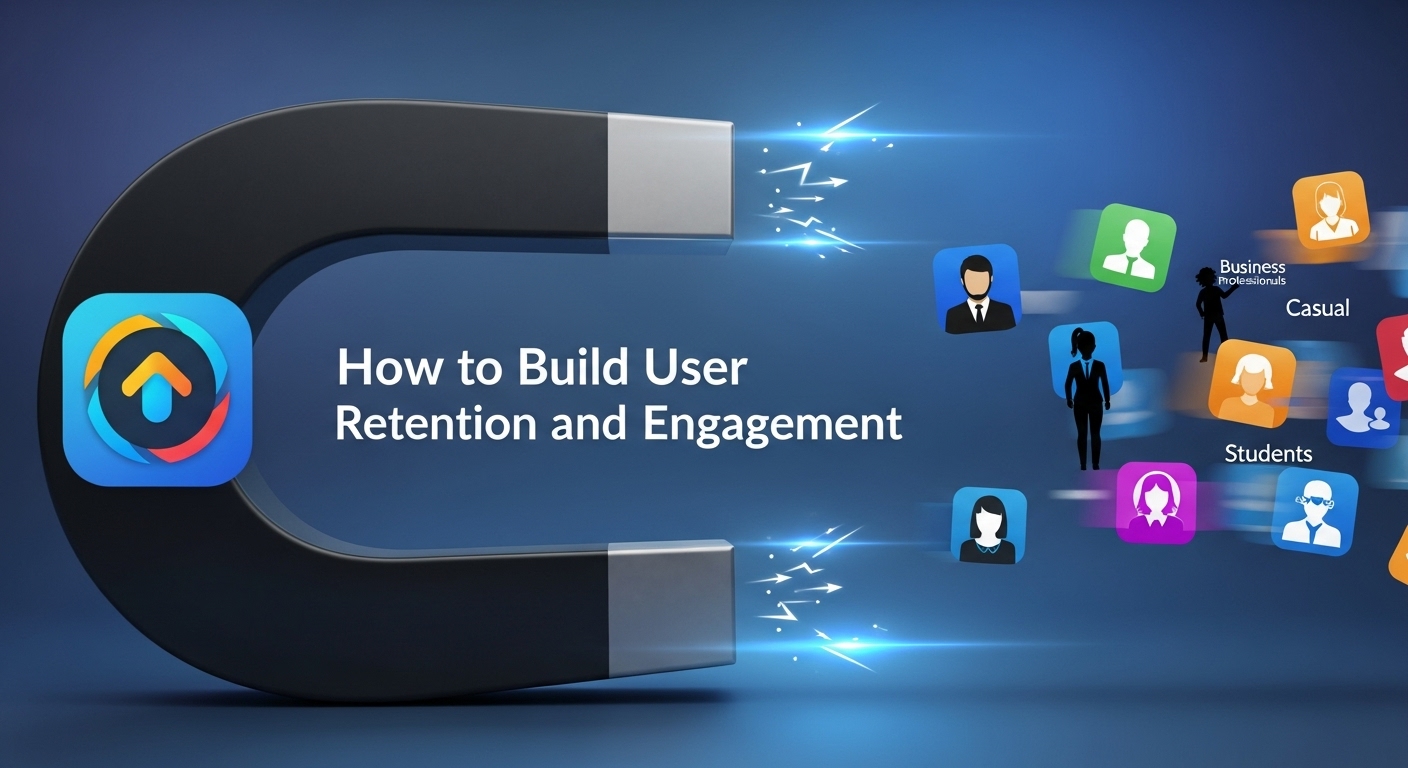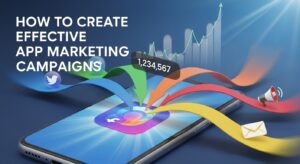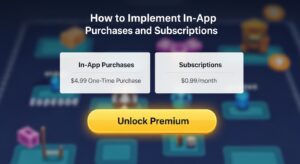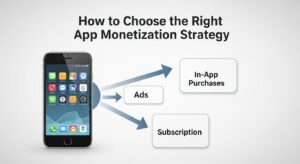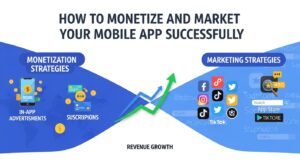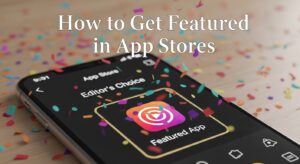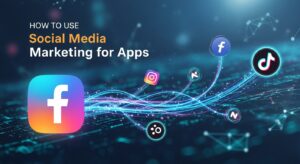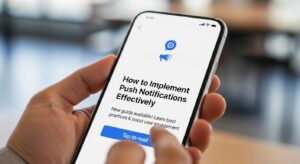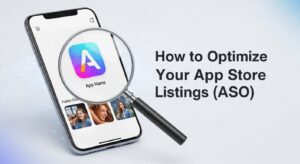Building strong user retention and engagement has become the cornerstone of successful digital products in today’s competitive landscape. While acquiring new users costs five times more than retaining existing ones, many businesses still struggle to keep their audience actively engaged beyond the first few interactions.
The harsh reality is that 77% of mobile app users abandon an app within the first three days of downloading it, and only 4% of users remain active after six months. However, companies that master user retention and engagement see remarkable results: a mere 5% increase in customer retention can boost profits by 25-95%.
Understanding the Foundation of User Retention and Engagement
Before diving into specific strategies, let’s establish what drives users to stay and engage with your product. User retention and engagement isn’t just about keeping people around—it’s about creating meaningful experiences that provide consistent value.
Think about the apps or platforms you use daily. What keeps you coming back? Is it the seamless experience, the value you receive, or perhaps the community you’ve built there? These elements form the foundation of successful retention strategies.
Key Metrics to Track:
- Day 1, 7, and 30 retention rates
- Session length and frequency
- Feature adoption rates
- User lifetime value (LTV)
- Churn rate by user segment
1. Master the Critical First Impression with Strategic Onboarding
Your onboarding process sets the tone for the entire user relationship. Research from Localytics shows that apps with excellent onboarding see 3x higher user retention rates compared to those with poor first experiences.
- Progressive Disclosure Technique: Instead of overwhelming users with every feature at once, introduce functionality gradually. Duolingo excels at this by starting users with simple lessons and progressively introducing more complex features like streaks, achievements, and social components.
- Interactive Tutorials vs. Static Walkthroughs: Replace lengthy tutorial videos with hands-on experiences. Let users accomplish real tasks during onboarding rather than passively consuming information. This approach increases completion rates by up to 60%.
- Personalization from Day One: Collect minimal but meaningful data during signup to customize the initial experience. Netflix’s genre preferences and Spotify’s music taste questions exemplify how early personalization drives deeper engagement.
2. Implement Smart Push Notification Strategies for User Retention and Engagement
Push notifications can be your greatest retention tool or your fastest path to user churn. The key lies in relevance, timing, and value delivery.
Behavioral Trigger Notifications: Set up notifications based on user actions rather than arbitrary schedules. For example:
- Send workout reminders only after users have established a pattern
- Trigger shopping cart abandonment messages 24 hours after items are added
- Notify users when friends join or interact with their content
Timing Optimization: Analyze your user data to identify optimal sending times for different segments. Airship’s research reveals that personalized send times can improve open rates by 40% compared to one-size-fits-all approaches.
Value-First Messaging: Every notification should provide clear value. Instead of generic “We miss you” messages, try:
- “Your favorite restaurant just added new items”
- “3 people viewed your profile this week”
- “Complete today’s challenge to maintain your 7-day streak”
3. Create Habit-Forming Features Through Variable Rewards
The psychology of variable rewards, popularized by B.F. Skinner’s research, explains why some products become irresistible while others fade into obscurity. Social media platforms have mastered this concept, but it applies across all digital products.
Implement Progressive Achievement Systems: Design achievement systems that provide increasingly valuable rewards:
- Daily login bonuses that compound over time
- Milestone rewards for consistent usage
- Surprise bonuses for specific behaviors
Social Recognition Elements: Humans crave recognition from their peers. Instagram’s likes, LinkedIn’s endorsements, and GitHub’s contribution graphs all tap into this fundamental need. Consider how your product can showcase user accomplishments to their network.
Gamification Without Addiction: While variable rewards are powerful, implement them ethically. Focus on rewards that enhance the core value proposition rather than creating artificial dependencies.
4. Build Genuine Community and Social Features
User retention and engagement dramatically increase when people form connections within your product. Facebook’s research shows that users who connect with 7+ friends within 10 days are far more likely to become long-term active users.
Facilitate Meaningful Connections:
- Enable users to find others with similar interests or goals
- Create discussion spaces around shared topics
- Implement mentorship or buddy systems for new users
User-Generated Content Strategies: Encourage users to create and share content within your platform. This increases investment in the product and provides fresh content for other users:
- Photo challenges in fitness apps
- Recipe sharing in cooking platforms
- Code snippets in developer tools
Community Moderation Excellence: Strong community guidelines and active moderation create safe spaces where users feel comfortable engaging. Invest in both automated tools and human moderators to maintain quality interactions.
5. Leverage Data-Driven Personalization for Enhanced User Retention and Engagement
Modern users expect personalized experiences. Companies using advanced personalization see average revenue increases of 6-10%, according to McKinsey research.
Behavioral Segmentation: Group users based on how they interact with your product, not just demographic data:
- Power users who utilize advanced features
- Casual users who engage sporadically
- At-risk users showing signs of churn
Dynamic Content Customization: Adjust what users see based on their preferences and behavior patterns:
- Personalized dashboard layouts
- Customized content feeds
- Adaptive feature recommendations
Predictive Analytics Implementation: Use machine learning to anticipate user needs:
- Recommend products before users search for them
- Suggest connections based on mutual interests
- Predict and prevent churn before it happens
Personalization Level | Implementation Complexity | Expected Retention Impact |
Basic Demographics | Low | 5-15% increase |
Behavioral Patterns | Medium | 15-30% increase |
Predictive AI | High | 30-50% increase |
6. Master Re-engagement Through Multi-Channel Approaches
Not every user who becomes inactive is lost forever. Effective re-engagement campaigns can bring back 15-25% of churned users when executed properly.
Email Campaign Sequences: Design automated email sequences triggered by inactivity:
- Day 3: Helpful tips for getting started
- Day 7: Showcase popular content they missed
- Day 14: Special incentive to return
- Day 30: Final attempt with significant value offer
Cross-Platform Retargeting: Use platforms like Facebook and Google to reach inactive users where they spend time. Create compelling ads that highlight new features or exclusive content.
Win-Back Incentives: Offer meaningful incentives for return visits:
- Exclusive content or features
- Limited-time premium access
- Personal outreach from customer success teams
7. Continuously Optimize Based on User Feedback and Analytics
The most successful companies treat user retention and engagement as an ongoing optimization process rather than a set-it-and-forget-it strategy.
Regular User Research: Conduct monthly user interviews and surveys to understand evolving needs. Hotjar’s data shows that companies conducting regular user research see 2x higher retention rates.
A/B Testing Framework: Test every aspect of your user experience:
- Onboarding flow variations
- Feature placement and design
- Notification timing and content
- Pricing and plan structures
Cohort Analysis Deep Dives: Analyze retention patterns across different user cohorts to identify what drives long-term engagement. Look for patterns in:
- Acquisition channels that produce higher-value users
- Feature usage patterns among retained users
- Seasonal trends affecting engagement
Advanced Retention Strategies for Sustained Growth
- Product-Led Growth Integration: Embed viral loops naturally within your core product experience. Dropbox’s referral system and Slack’s team invitation features exemplify how organic growth mechanisms can boost retention.
- Lifecycle Marketing Automation: Create sophisticated automation that adapts messaging based on user lifecycle stage, engagement level, and predicted behavior.
- Customer Success Integration: Proactively reach out to users showing signs of decreased engagement. Personal touch points can dramatically impact retention, especially for B2B products.
Measuring Success and Long-Term Impact
Track both leading and lagging indicators of user retention and engagement success:
Leading Indicators:
- Feature adoption rates
- Session depth and frequency
- User-generated content creation
- Community participation metrics
Lagging Indicators:
- Monthly/annual retention rates
- Customer lifetime value
- Net Promoter Score (NPS)
- Revenue per user trends
Building Your User Retention and Engagement Action Plan
Start implementing these strategies systematically rather than attempting everything at once. Focus on your biggest retention gaps first:
- Audit your current onboarding experience
- Implement basic behavioral tracking
- Set up essential push notification campaigns
- Begin gathering user feedback regularly
- Test and optimize continuously
The investment in retention pays compound dividends. Users who stick around become your best advocates, your most valuable customers, and the foundation for sustainable growth. By implementing these evidence-based strategies thoughtfully and consistently, you’ll build the kind of product that users not only keep but actively recommend to others.
What’s your biggest user retention challenge right now? Start with one strategy that addresses your most pressing issue, measure the results, and build from there. The path to exceptional user retention and engagement begins with that first strategic step.

